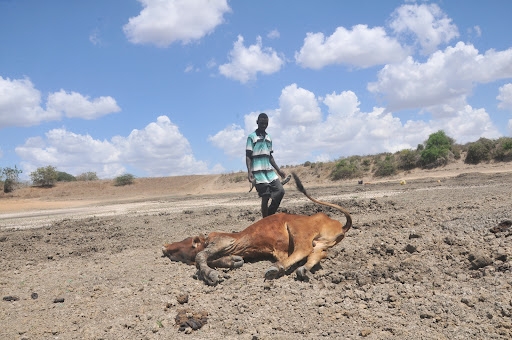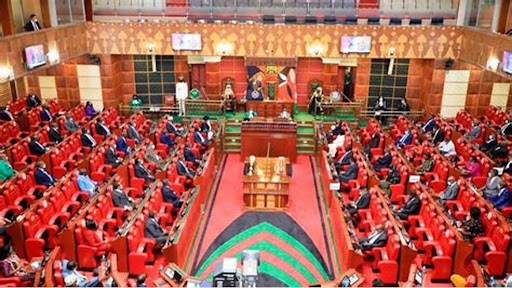It's heart-wrenching that Kenyans in various regions are still losing their lives and property due to the havoc wrought by floods and landslides during El Niño rains.
It is saddening to see the rainwater that was just the other day missing in our homesteads going to waste. The same water is now turning out to be a nightmare to our people.
Already, there are dozens of lives lost through these flash floods.
Lack of preparedness has been blamed for both the devastating effects of the drought and the rains.
Regrettably, while the recent turn of events has shown us that nature can be both a giver and a taker, some of these tragedies could have been easily avoided with impeccable planning.
It is disheartening to see local schools submerged, hindering the education of our students, and the disruption of vital local institutions, including hospitals. This has a significant impact on service provision in our communities.
Where is the rainwater harvesting? Where are our water reservoirs? Are our lands tilled to tap the rainwater? The very same areas water bowsers were distributing water now find themselves watching helplessly as rainwater turns into a transportation nuisance, turning blessings into drivers’ nightmares.
Just the other day our people experienced an alarming drought phase owing to failure of six consecutive rain seasons. This is a major indicator of our current plight, for which we should partially take the blame for lack of preparedness and strengthening of existing policies, especially in water, livestock and agriculture.
Unfortunately, as has always been the case, we don’t seem to get our acts together.
What makes this even sadder and painful is that the Kenya Meteorological Department issued a warning at the end of August about the heightened rainfall expected between October and December 2023.
David Gikungu, the director general of the department, on August 30, this year, laid it out bare with brutal clarity, projecting floods, loss of life and livestock, crop destruction and the displacement of people among the impending catastrophe.
His alarm bells specifically rang out for the usually arid Northeastern counties of Mandera, Marsabit, Wajir, Garissa and Isiolo, marking them as high risk, particularly vulnerable areas.
Fast forward to the present, and it's nothing short of absurd that barely three months later, our counties are running around like headless chickens, as the skies open up precisely as predicted.
As you read this, residents of Mandera, Garissa and other areas are displaced and have lost their means of livelihood due to the relentless rains. It's a bewildering spectacle to witness area leaders appealing for help as if they were taken by surprise by the impending deluge.
It's a scene eerily reminiscent of 1997, when El Niño rains claimed the lives of about 2,000 Kenyans and destroyed millions worth of property, despite a four-month advance warning from the meteorological department.
One might reasonably have expected, even hoped, that with the introduction of a county system of government, our level of preparedness would have matured significantly.
Unfortunately and regrettably, it appears we are still fumbling in the dark, unsure of what to do.
As a nation, we can no longer afford to downplay the potential risks this time.
Both levels of government must launch comprehensive flood awareness campaigns to bolster community preparedness and education.
Counties should collaborate with the national government to ensure that every Kenyan is informed about the impending rains and can prepare adequately. Ignorance should no longer serve as an excuse.
Moreover, it's imperative for the country to prioritise the establishment of flood-resistant infrastructure for the long term, capable of withstanding the heavy rainfall in flood-prone areas during El Niño seasons.
Additionally, there should be a strong focus on reforestation and afforestation, particularly in regions where people reside on cliffs and hills to mitigate the risk of landslides.
The time for heedless ignorance is over. Let's face the reality of our vulnerability and act with urgency and foresight.
The impending rains are not a surprise, and neither should our response be. It is high time we heed the warnings, for the cost of neglect is far too steep to bear.
The author is a member of East African Legislative Assembly and former nominated senator













